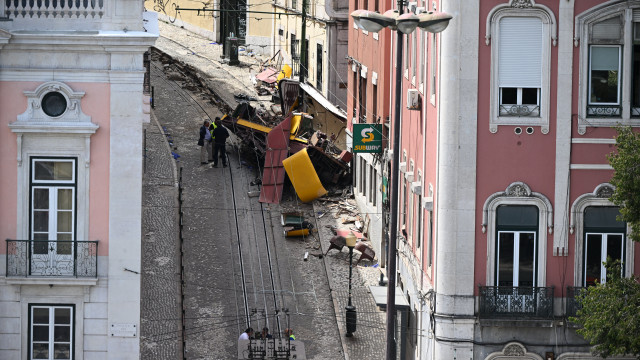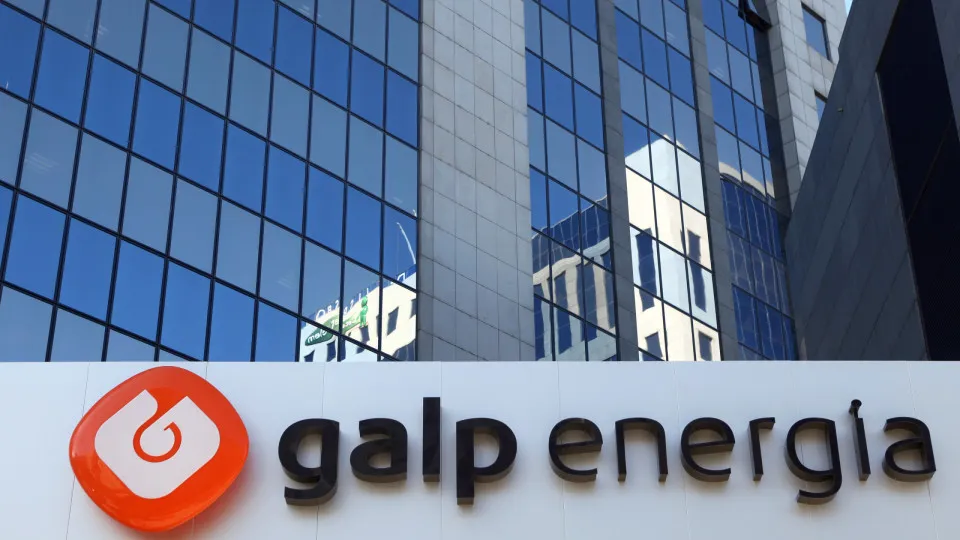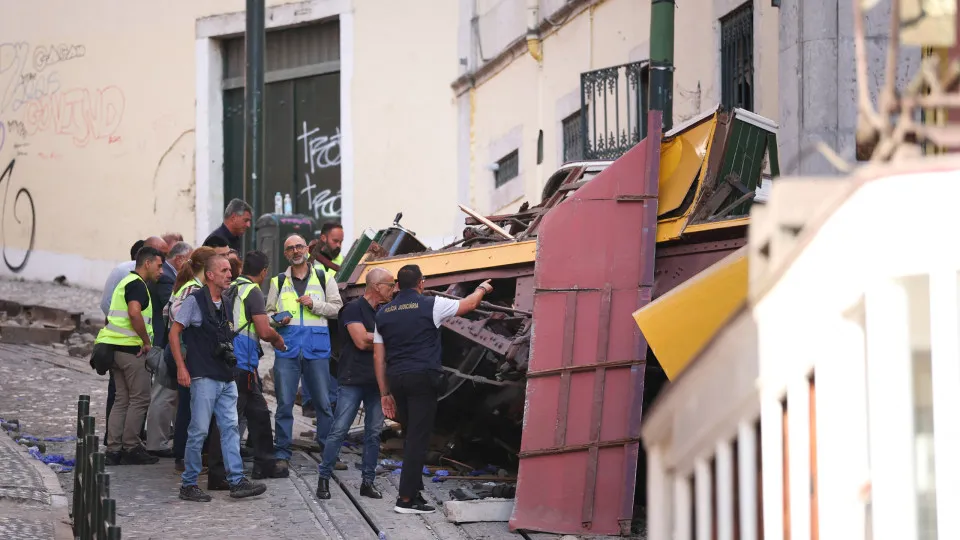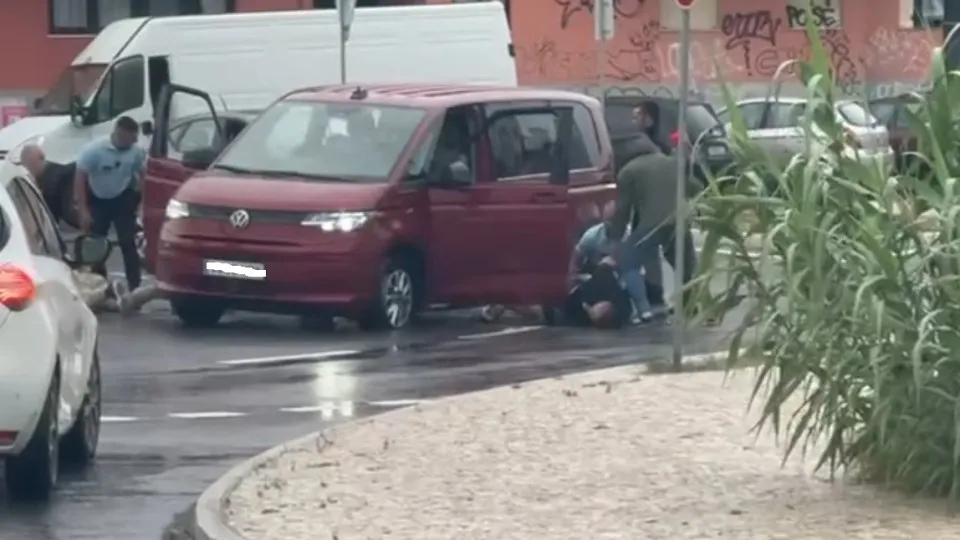The reaction of the mayor follows the preliminary report of the Office for the Prevention and Investigation of Airplane and Railway Accidents (GPIAAF), which identifies, among other issues, failures on the part of Carris, as well as in maintenance and supervision.
“Contrary to the politicization that some engaged in during the campaign, this report reaffirms that the unfortunate tragedy of the Glória lift was derived from technical and not political causes,” stated Carlos Moedas, in a brief written declaration sent to the Lusa news agency.
The preliminary report from the GPIAAF, released today and accessed by Lusa, reveals that the cable connecting the two cabins of the Glória lift, which failed at its fixation point on the derailed carriage, did not meet Carris specifications and was not certified for transporting people.
“The use of cables multiple times non-compliant with specifications and usage restrictions was due to various accumulated failures in their acquisition, acceptance, and application process by CCFL [Companhia Carris de Ferro de Lisboa], whose organizational internal control mechanisms were neither sufficient nor adequate to prevent and detect such failures,” the report asserts.
The investigation notes that Carris, in the process of purchasing cables for the Glória lift, sent cable specifications from the Santa Justa lift to potential suppliers, which are different, failing to detect the error or explain the mistake.
According to the GPIAAF, “for a reason that Carris could not explain to the investigation and of which no documentary evidence was found in the consultation with suppliers, the specification provided by Carris’s Electric Mode Maintenance Directorate (DME) for one of the Santa Justa elevator cables was adopted for the two items added, corresponding to the Glória and Lavra lift cables, only changing the diameter.”

The preliminary report from the Office for the Prevention and Investigation of Airplane and Railway Accidents has identified that the cable installed was not “the indicated” for the system used in the Glória lift.
Ana Teresa Banha with Lusa | 19:21 – 20/10/2025
This public body detected failures and omissions in the maintenance of the funicular, pointing also to the lack of training for employees and supervision of the work performed by the service provider company.
The GPIAAF notes, for instance, that inspections scheduled for the day of the accident “are recorded as executed, although there is evidence that they were not carried out within the time period indicated in the corresponding registration sheet.”
The preliminary report also indicates that lifts, like those of Glória and Lavra in Lisbon, as well as Carris’s electric trams, are outside the supervision of the Institute for Mobility and Transport (IMT), being only under the oversight of the managing company itself.
The GPIAAF recommends that Carris not reactivate the Lisbon lifts “without a re-evaluation by a specialized entity” and the IMT to implement an appropriate regulatory framework.
The accident with the Glória lift, which occurred on September 3, resulted in 16 fatalities and around two dozen injuries, involving Portuguese and foreigners of various nationalities.
[News updated at 20:07]




